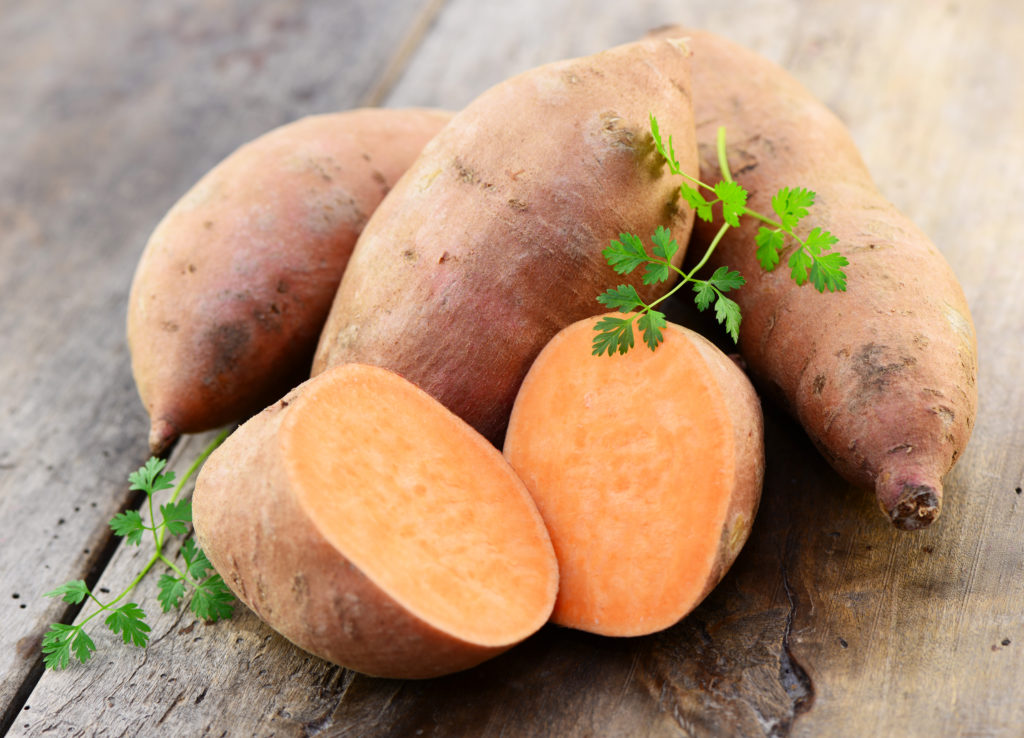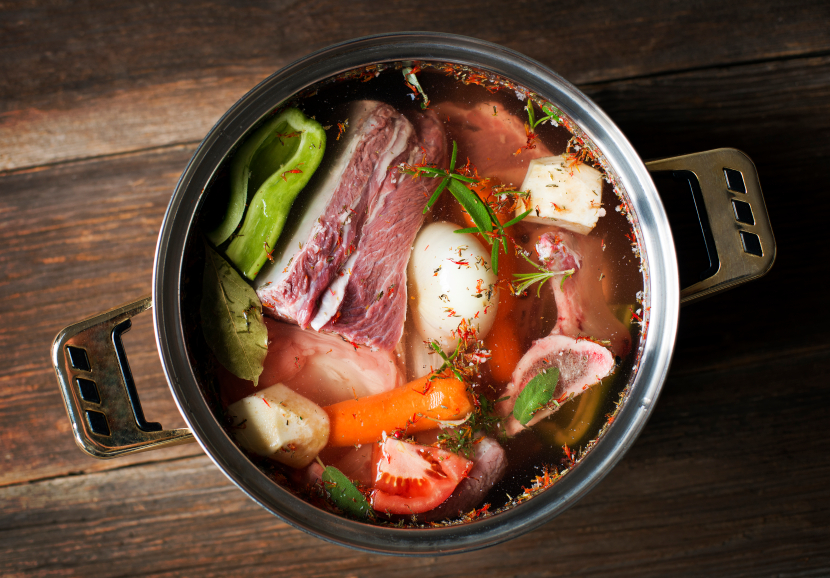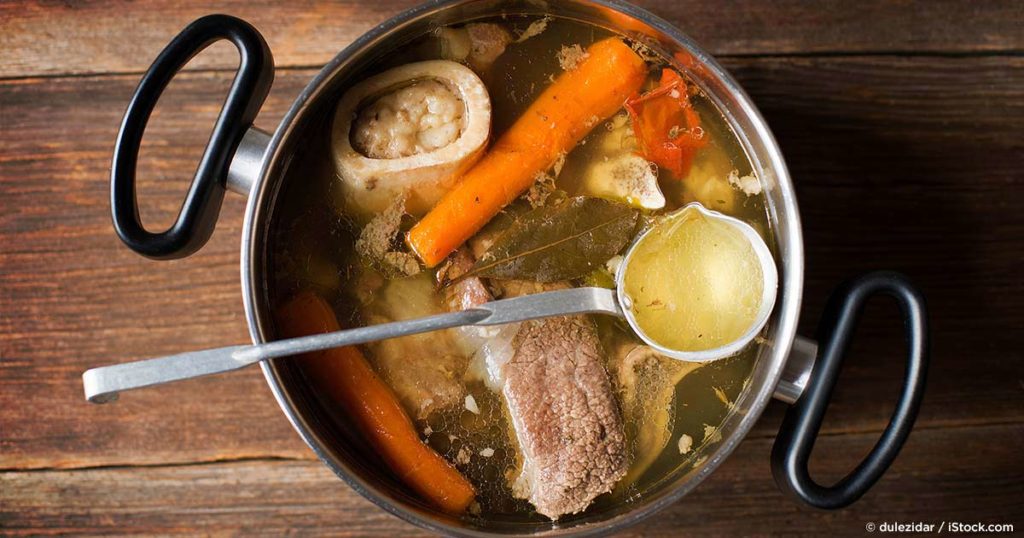One question I get from my very active nutrition clients all the time is, “Why do I always feel sore?”
Now, if you ask a physical therapist, they might recommend working on your biomechanics. If you ask your personal trainer or coach, they might recommend more mobility. If you ask a massage therapist, they are going to recommend weekly or monthly body work to keep you moving!
All of these are legitimate responses and definitely worth looking into. As a nutritionist, however, I’m always curious to look at someone’s diet to see if there are any small tweaks we can make to decrease the aches and pains from a reasonable training regimen. If you are overtraining all the time, then of course, no amount of food is going to save you, so be sure to have a little reality check with what you’re doing week to week. Have you taken a de-load week in the last five years?
Let’s run through a quick checklist to see which of these nutritional tweaks might help with your overall soreness.
1) Are you eating for recovery?
One of the simplest changes you can make to your sports nutrition plan is to make sure you are taking advantage of the post-workout re-feed window. There are PLENTY of people who would argue against this, and plenty of circumstances that this is not appropriate (read: weight loss goals), but for the hard-hitting CrossFitter or adventure athlete, eating within fifteen minutes of finishing your workout can sure help a lot with your recovery.
Immediately after a workout, you have this neat little phenomenon called non-insulin mediated glucose transport. What this means in English is that you can shuttle sugar to your hungry, depleted muscles immediately after a training session, without the help of insulin. This is great because chronic insulin spikes can be detrimental to your blood sugar regulation, hunger regulation, and health. To get a bunch of good carbohydrates into your muscular cells without an insulin spike is good for your training and your waistline.
To take advantage of this, you need to have some easily digestible, preferably high-glycemic index foods immediately after you finish your workout. When I say immediately, I mean the sooner the better. You can miss this anabolic window if you wait more than thirty minutes to eat after you are done lifting or sprinting. While you may not have an appetite right after your workout since you’re likely still in a stress response, you still want to put down some food or a liquid meal replacement.
What might this look like? You could have carbohydrates from a liquid source like coconut water, fruit juice (not ideal since it is high in fructose), maltodextrin, or waxy maize. If you want to go the whole-foods route, I personally recommend a mix of pureed sweet potatoes and applesauce to get a good dose of simple and complex carbohydrates in one. White rice, white potatoes, parsnips, and pumpkin can also be delicious whole-food carbs for re-feeding. How much you ask? Depending on your body size, activity level, goals and fitness, you may require 25 to 100 grams of carbohydrates during this post-workout meal. Start with 50 grams and tweak it up or down depending on how you feel or if you start to gain weight in the wrong areas.
I mentioned that this should be a post-workout “meal;” however, you’re really only looking to get protein and carbohydrates into your system. By taking in a high fat meal at this time, you are effectively slowing down the nutrient partitioning, since fat slows your gastric absorption of food. Steer clear of the fatty foods during this meal and strive to have a bunch of carbohydrates and a substantial amount of biologically available proteins.
For your protein you can once again lean on liquid sources of amino acids, such as whey protein isolate, or you can put down some healthy whole foods like eggs, chicken, beef, or salmon. Once again, an easily digestible protein is going to be ideal, since we are trying to dump carbohydrates and protein into our system as fast as possible. This is why whey protein isolate gets so much praise; it is essentially a pre-digested protein source that will quickly move from your gullet to your muscles. You have likely seen plenty of post-workout supplement drinks, like the oh-so-delicious chocolate milk, that provides you with a quick source of protein and carbohydrate calories. Whey is not only high in amino acids; it is also second only to egg white protein as far as biological availability goes. If you can’t tolerate dairy, try egg white protein powder, which I find to be a little chalkier than whey, but still delicious.
Want super-duper bonus points? Try having wild-caught salmon as your protein post-workout. It is chock-full of anti-inflammatory omega-3 essential fatty acids that will only aid in your recovery.
2) Are you eating enough fat?
This is all going to seem contradictory since you’re avoiding fats immediately post-workout, but you really want to make sure you are getting plenty of good quality fats in the rest of your meals. Since our diets tend to be laden with pro-inflammatory omega-6 fats, you want to be putting a strong emphasis on taking in as many omega-3 fats as possible, which help balance your essential fatty acid ratio.
Foods that are typically high in omega-6’s and can contribute to chronic inflammation and that “I’m so achy all the time” feeling include grains, legumes such as peanuts, and vegetable oils such as canola, peanut, soy, and safflower. If you eat out on any regular basis, it is highly likely that you get plenty of these pro-inflammatory fats from the oils in which your food is cooked. Unfortunately, most restaurants use these cheap, industrial seed oils for cooking.
To bump up your omega-3 intake and subsequently decrease your inflammation, try rotating more pasture-raised eggs, wild game, wild seafood, grass-fed meat, pasture-raised poultry, and pasture-raised pork into your diet. Grass-fed dairy such as butter and raw milk can also have a lot of these healthy fats. Not sure if your butter is full of nutrients? Take a look at the color; it should be golden instead of pale or white.
If you’re STILL trying to boost your omega-3 levels since you do not eat wild-caught fish on the regular, you can take five to ten grams of omega 3s from fish oil. I recommend the Carlson’s brand, in liquid form, taken with a meal. Get the lemon flavor!
3) Have you started drinking bone broth?
This is all likely to sound pretty hippy to you, but one of the best things you can do for joint health is to start drinking bone broth. The knuckle bones of animals are chock-full of glucosamine and gelatin, which is a whole-food source of the typical glucosamine supplements you might be accustomed to taking. Not only is this a super duper food that is guaranteed to help with your aches and pains, it is also dirt cheap to make and tastes really good!
To get started, go buy yourself a rotisserie chicken. Pull all of the meat off the bones and put the chicken carcass in a crockpot or stock pot. Cover the bones with cold water and add any random vegetable scraps you might have. Carrot ends, celery stalks, onion skins, and garlic skins are all things you would typically throw away, but these are full of nutrients that can be boiled out in a good batch of bone broth. If you want to get creative, try adding some spices such as sea salt, black pepper, cayenne, dill, or rosemary.
Add two tablespoons of apple cider vinegar to this big batch of broth and let it simmer for a good long while. If you’re doing this in a crockpot, simply put the thing on low until the next day. If you’re using a stock pot, bring it all to a boil, and then let simmer for six to eight hours. Strain out the bones and vegetables, pour the bone broth into glass jars, and repeat. You can typically get two to four batches of bone broth from each set of bones, depending on how many you have in there.
To incorporate this into your diet, try warming eight ounces of bone broth on the stove each morning and drinking it with breakfast. You’ll find that this warm and savory mug ends up being a highlight in your day, and very well may help immensely with your joint pain.
Try making these three smalls tweaks to your current diet and see if it helps! In many cases these changes should really help your aches and pains, and they are a simple place to start. If you’re not seeing a difference, however, then it might be time for a complete overhaul, an elimination diet, or some serious supplementation.
Enjoy!
About the Author:
Heather Kelly is the creator of Heather’s Choice Meals for Adventuring. Inspired by her personal backcountry trips, Heather strives to create healthy, delicious meals and snacks for folks headed out on epic adventures. You can order her meals and snacks online at heatherschoice.com and use the coupon code JOMH to save 10% off your next order.
Opt in for her newsletter to hear when her new ebook Who’s Ready For An Adventure?! is released later this spring!




